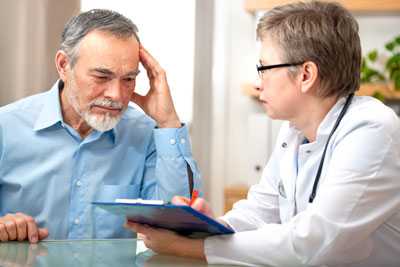Detection and Response
If the germs that cause melioidosis were used as a weapon in the United States, the attack might go unnoticed until doctors begin to see unusual patterns of illness among patients in emergency rooms. At that point, alert doctors might suspect melioidosis and order lab tests to diagnose it.
In an emergency, CDC would work with state and local public health authorities wherever there are people who are sick with melioidosis. CDC would also work with law enforcement agencies as they investigate how people came into contact with the germs that cause melioidosis.
Some of the ways CDC would respond to an emergency caused by a biological attack include:
- Alerting doctors and other medical providers about the possibility their patients might have melioidosis.
- Consulting with doctors about how to diagnose and treat patients with melioidosis.
- Sending out disease detectives (epidemiologists) to talk to people who have melioidosis. By asking questions, CDC would try to learn how people came into contact with the germs that cause the illness. This investigation would help CDC to find other people who might have come into contact with the germs and get them the help they need.
- Working with the Laboratory Response Network to coordinate lab testing to diagnose patients with melioidosis quickly and accurately.
- Coordinating activities within CDC and with other partners through the Emergency Operations Center.
- Communicating with the public to inform them about the situation, what symptoms to look for, and what to do to protect themselves or get treatment.
- Providing medication and other supplies from the Strategic National Stockpile (SNS) to state, local, tribal, and territorial partners when state and local supplies have been depleted.

- Page last reviewed: August 8, 2017
- Page last updated: August 8, 2017
- Content source:


 ShareCompartir
ShareCompartir